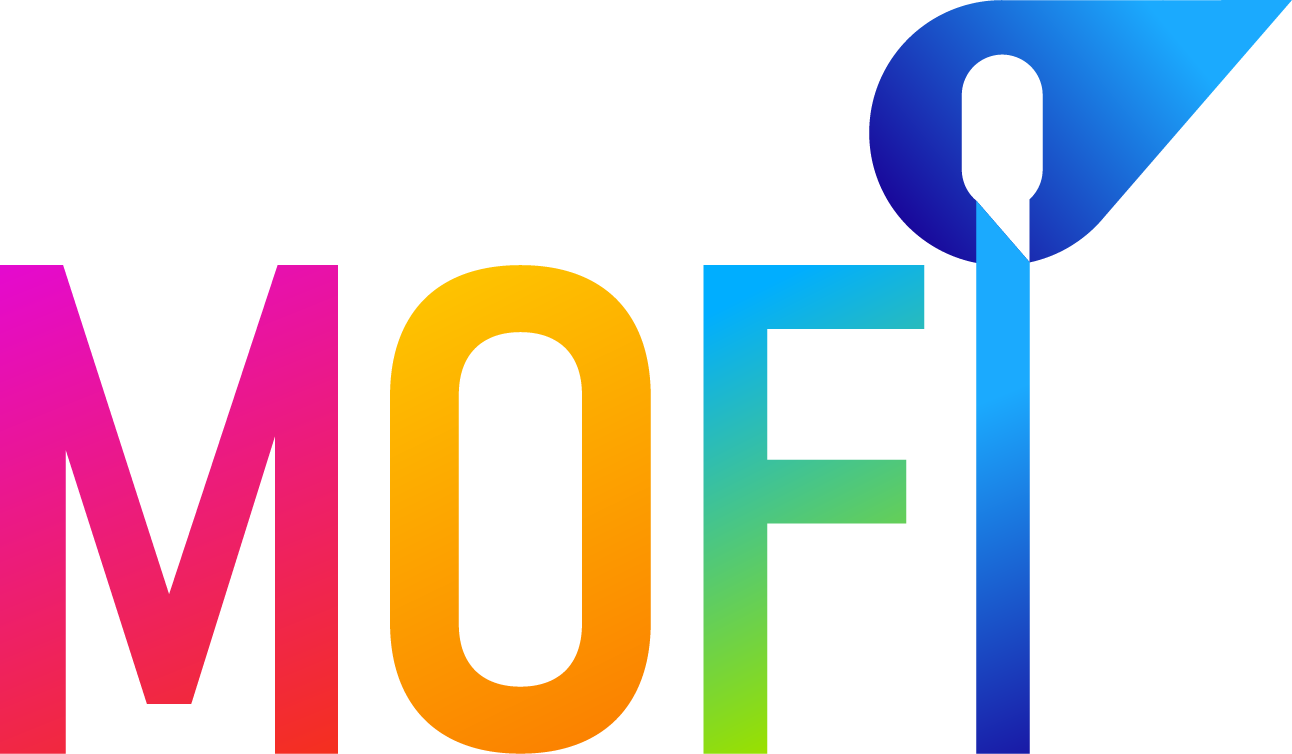Does Well-Being Really Matter?
The connection between employee well-being and productivity was documented as early as the late 19th century. National Cash Register offered pre workday horseback rides to its staff, believing that beginning the workday outside in the fresh air made for a happier, more productive employee. 136 years later the notion that employee well-being has a direct impact on an organization’s bottom-line is still a trending topic.
According to a comprehensive research conducted by Gallup in May of 2010 that studied the well-being of people in 150 countries, five essential elements began to emerge over and over again:
- Purpose
- Social
- Financial
- Physical
- Community
We can think of these five elements as being in orbit  around the holy grail – the pursuit of complete and total well-being. Martin Seligman, often called the “Father” of Positive Psychology, developed a new theory in 2011 that he termed P.E.R.M.A. – An acronym for: Pleasure, Engagement, Relationships, Meaning and Accomplishments. Both Gallup and Seligman’s theories are complementary to each other and allow for a deeper dive into the concept of total well-being. For instance, when we have a purpose in life, we experience pleasure, are more engaged in our life and our relationships, we find deeper meaning in all that we do and experience a higher level of overall accomplishment. You can apply this to each of the five elements and begin to understand how they all build off of each other.
around the holy grail – the pursuit of complete and total well-being. Martin Seligman, often called the “Father” of Positive Psychology, developed a new theory in 2011 that he termed P.E.R.M.A. – An acronym for: Pleasure, Engagement, Relationships, Meaning and Accomplishments. Both Gallup and Seligman’s theories are complementary to each other and allow for a deeper dive into the concept of total well-being. For instance, when we have a purpose in life, we experience pleasure, are more engaged in our life and our relationships, we find deeper meaning in all that we do and experience a higher level of overall accomplishment. You can apply this to each of the five elements and begin to understand how they all build off of each other.
The current trend in corporate wellness programs is often being driven by human resources with strong fiscal foundations. There is a distinct difference between wellness and well-being. I believe we are on the brink – closer than ever before in history – to finally understanding the critical importance of both. The business community has begun building out successful benefit and workplace strategies to address not only a person’s physical health and wellness, but their overall well-being.
The Global Wellness Summit of 2016 identified ten future shifts in wellness for 2016. They range from Epigenomes to Indigestible Health Trackers to Meditation and Mindfulness and many in between. For all of these trends, the key is to find the sweet spot between a wellness technology and a consumer’s well-being. They must be aligned with the five elements of well-being to bring value to both the employer and the employee.
So how does increasing the overall well-being of your employees benefit you as an organization? To begin the quest, there must be a shift in the corporate wellness paradigm. For over two decades companies have focused on improving the “wellness” of their workplace, not necessarily increasing the “well-being” of their employees. The focus on wellness has made incredible strides in improving employee health, lowering insurance and medical costs and driving a level of awareness that encourages personal engagement. However, while companies may have seen some measure of success, the approach to employee wellness seems to have had the greatest impact on those employees who are already health conscious. Let me say that again. The greatest impact
has been on those employees who are already health conscious.
There is a huge populous who, for whatever reason, have not been able to achieve maximum wellness because they don’t have the tools to engage in their total well-being. By addressing each of the five elements of well-being, we are able to transform this populous as never before. As you can see from the diagram to the left, less than 25% of adults in the US are thriving in four of the five elements. There is tremendous opportunity here to enact substantive change.
five elements of well-being, we are able to transform this populous as never before. As you can see from the diagram to the left, less than 25% of adults in the US are thriving in four of the five elements. There is tremendous opportunity here to enact substantive change.
An employee who feels they have purpose works with greater passion than one who feels lost in the pool. An employee with a strong sense of community and social networking will be a stronger leader. All of this leads to a stronger financial well-being. Most importantly, all of these elements are supported by an employee’s physical well-being. Each of the elements build upon each other and all are necessary in the quest for complete and total well-being.
When you have a workforce that is engaged and empowered with the five essential elements of well-being, you as an organization will reap immense rewards. The trick is to embrace a new paradigm of health care model that offers 360 degrees of well-being opportunity. The challenge is uncovering innovative, engaging and exciting approaches that engage the employee as never before!
I will be taking a look into numerous wellness and well-being trends in upcoming posts. Please take a moment to subscribe to our site so that you receive the latest posts right in your inbox!
